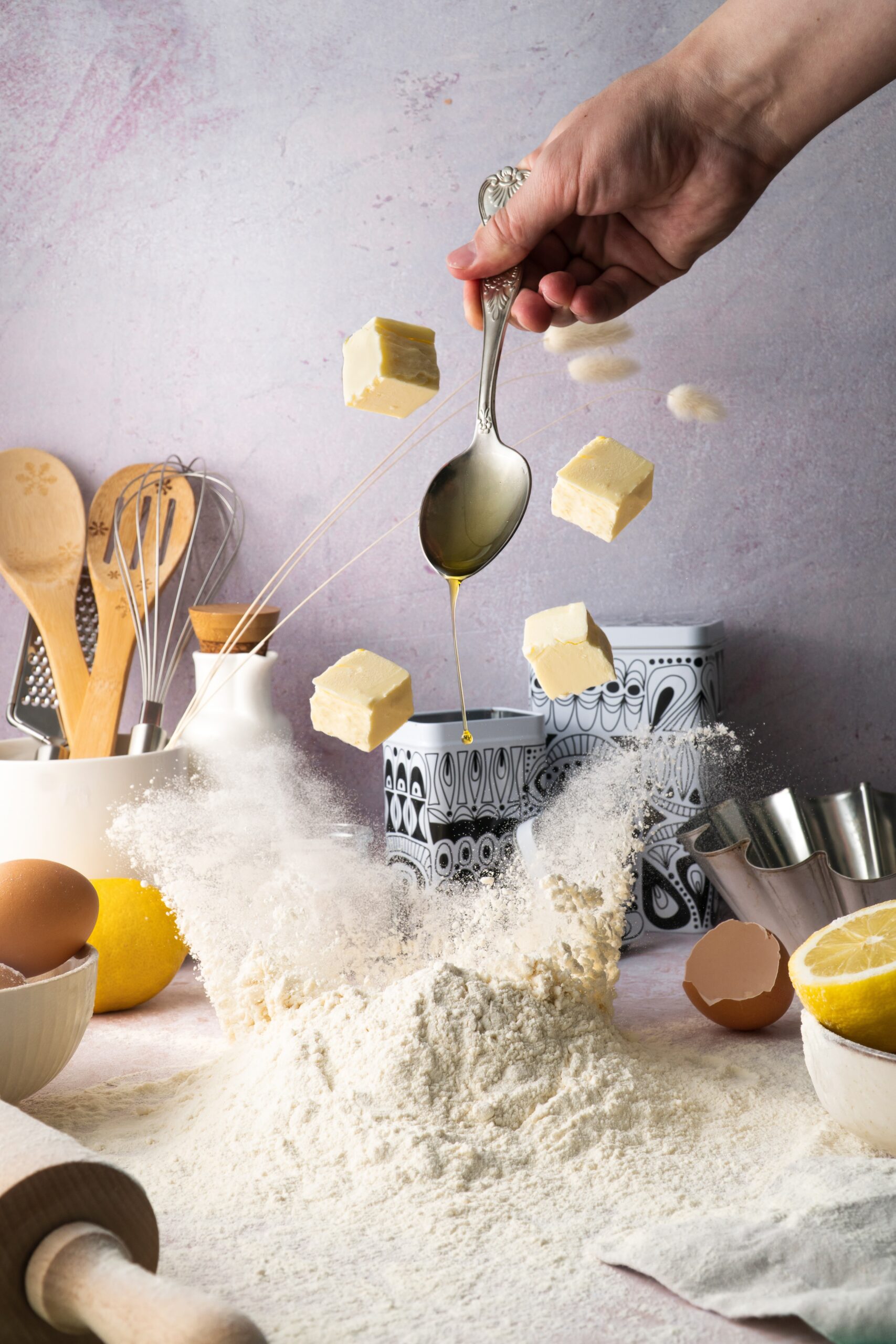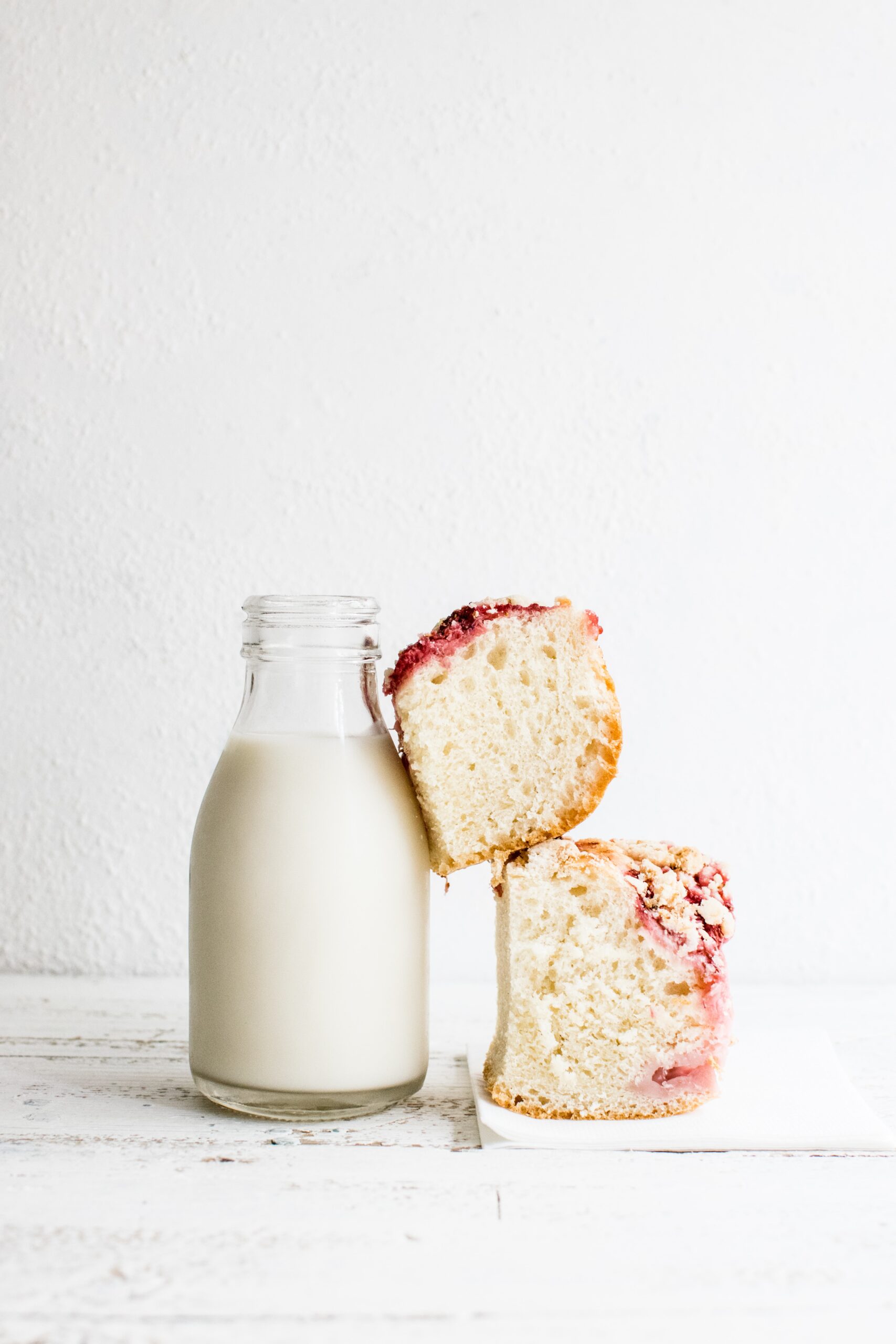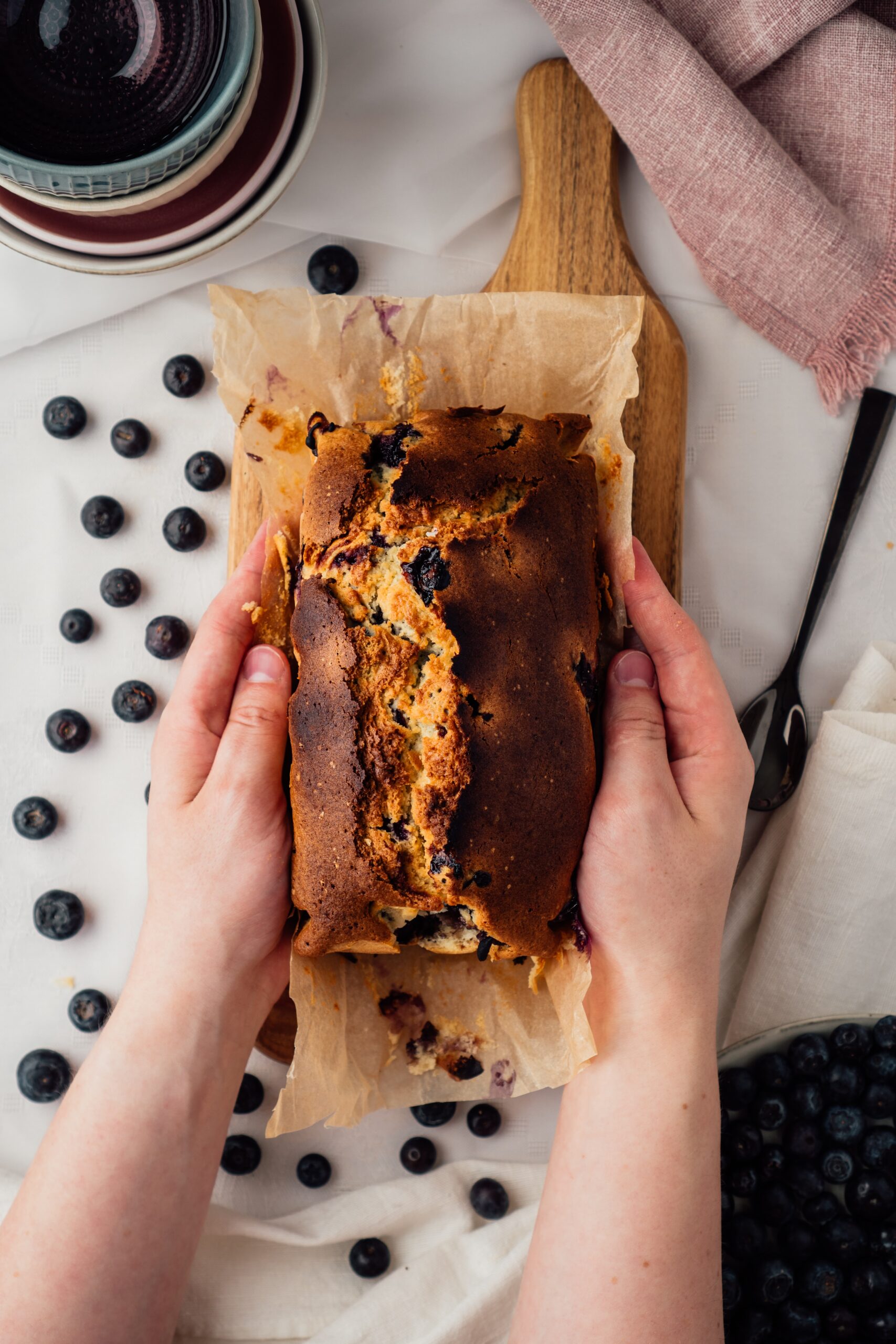This post is all about different types of flour.
Flour is a basic ingredient in many recipes and is used to make a wide variety of foods, from bread to cakes to pastries. There are many different types of flour available, each with its own unique properties and uses.
In this blog post, we will explore some of the most popular types of flour and their characteristics.
All-purpose flour
One of the most commonly used types of flour is the all-purpose flour. It is made from a combination of hard and soft wheat and is ideal for a wide range of baking applications. All-purpose flour can be used to make bread, cakes, pastries, and more.
It is a versatile flour that can be used for both sweet and savory dishes.
One of the biggest advantages of all-purpose flour is its availability. You can find all-purpose flour in most supermarkets and grocery stores, making it a convenient and accessible option for many people.
It is also relatively inexpensive, making it a budget-friendly option for those on a tight budget.
Bread flour
Another popular type of flour is bread flour. Made from a higher protein wheat, bread flour is specifically formulated for bread making. The higher protein content gives bread flour a stronger gluten structure, which results in a higher rise and a chewier texture.
It is ideal for making bread, rolls, and other yeast-leavened baked goods.
The process of making bread relies heavily on gluten development. Gluten is a protein found in wheat and other grains, and it gives bread its structure and texture.
When flour is mixed with water, the gluten proteins in the flour form a network of strands that trap gases released by yeast or other leavening agents, resulting in a rise of the dough.
Whole wheat flour
Whole wheat flour is a more nutritious option than all-purpose flour as it contains more fiber, vitamins, and minerals.
Whole wheat flour has a stronger, nuttier flavor and a coarser texture than all-purpose flour. It is commonly used in bread, pancakes, and other baked goods.
Cake flour
Cake flour is a type of flour that is specifically formulated for making cakes, cookies, and other baked goods that require a delicate texture. It is made from a finely milled, soft wheat and has a lower protein content than all-purpose flour.
The lower protein content in cake flour results in a finer and softer texture in the final product, making it perfect for cakes, cookies, and other delicate baked goods.
Cake flour can be found in most supermarkets and grocery stores, but it is also available in specialty stores that sell baking ingredients.
It is important to note that when using cake flour in recipes that call for all-purpose flour, the final product may be more delicate and tender, so it’s important to adjust the recipe accordingly.
Self-rising flour
Self-rising flour is a type of flour that has been pre-mixed with baking powder and salt, making it a convenient option for many bakers. This eliminates the need to measure and add these ingredients separately, saving time and reducing the chance of measurement errors.
The baking powder and salt in self-rising flour are responsible for providing the leavening and seasoning to the baked goods, which makes it ideal for making biscuits, cakes, and other light and fluffy baked goods that don’t require yeast.
It’s important to note that self-rising flour is not suitable for all types of baked goods, as it may not produce the desired texture or rise in some recipes. However, it is a great option to have on hand for quick and easy baking.
Rye flour
Rye flour is a type of flour made from rye grain, which gives it a distinct and strong flavor that is different from wheat flour. It is high in fiber, making it a nutritious option for many baked goods.
Rye flour has a lower gluten content than wheat flour, which results in a denser texture and a lower rise in breads. This characteristic makes it ideal for making breads that are meant to have a dense texture, such as pumpernickel bread.
It is also a good option for making crackers, crisp bread and other baked goods which require a strong flavor and a dense texture. It can be found in most supermarkets and grocery stores, and can also be found in specialty stores that sell baking ingredients.
Understanding the characteristics of rye flour can help you make informed decisions when making breads, crackers, and other baked goods that require a strong flavor and a dense texture.
Corn flour
Corn flour is made from ground corn and is a popular ingredient in a variety of recipes. It has a fine, powdery texture and a slightly sweet, nutty flavor.
One of the most common uses of corn flour is as a breading for fried foods, as it helps to create a crispy crust. It can also be used as a thickening agent in soups and sauces, due to its ability to absorb liquids.
Additionally, it is a popular ingredient in gluten-free baking as it is a naturally gluten-free alternative to wheat flour. Corn flour can be used to make traditional Mexican dishes such as tortillas, tamales, and sopes.
It can be found in most supermarkets and grocery stores, and can also be found in specialty stores that sell gluten-free or Mexican ingredients. Understanding the characteristics and uses of corn flour can help you make informed decisions when using it in your cooking and baking.
Buckwheat flour
Buckwheat flour is made from the seeds of the buckwheat plant and is a versatile ingredient that can be used in a variety of recipes. It is a good option for gluten-free baking as it is naturally gluten-free and can be used as a substitute for wheat flour in many recipes.
Buckwheat flour has a strong, nutty flavor that can be quite distinct, so it is best used in recipes that can accommodate that flavor profile. It can be used to make pancakes, crepes, and other baked goods, such as muffins, cakes and cookies.
Buckwheat flour is also high in minerals, such as magnesium and manganese, and provides a good source of plant-based protein. Buckwheat flour can be found in most supermarkets and grocery stores, and can also be found in specialty stores that sell gluten-free ingredients.
Understanding the characteristics of Buckwheat flour can help you make informed decisions when using it in your cooking and baking.
Almond flour
Almond flour is a versatile ingredient that can be used in many baking recipes. It’s made from ground almonds and is a popular alternative to wheat flour for those who follow gluten-free or low-carb diets.
Almond flour is rich in protein, healthy fats, and fiber, making it a nutritious ingredient for baking. It also has a subtle almond flavor, making it a great addition to cakes, cookies, and other baked goods.
Additionally, it can be used as a coating for meats and fish. Almond flour is a great ingredient to have in your pantry, whether you’re following a special diet or simply looking for a new flavor to add to your baking.
There are many different types of flour available, each with its own unique properties and uses. All-purpose flour, bread flour, whole wheat flour, cake flour, self-rising flour, rye flour, corn flour, buckwheat flour, and almond flour are some of the most popular types of flour.
Understanding the characteristics and uses of each type of flour can help you make informed decisions when baking and cooking. Whether you’re making bread, cakes, pastries, or any other baked goods, there’s a flour that’s perfect for your recipe.
This post is all about different types of flour.

 Rachel
Rachel



